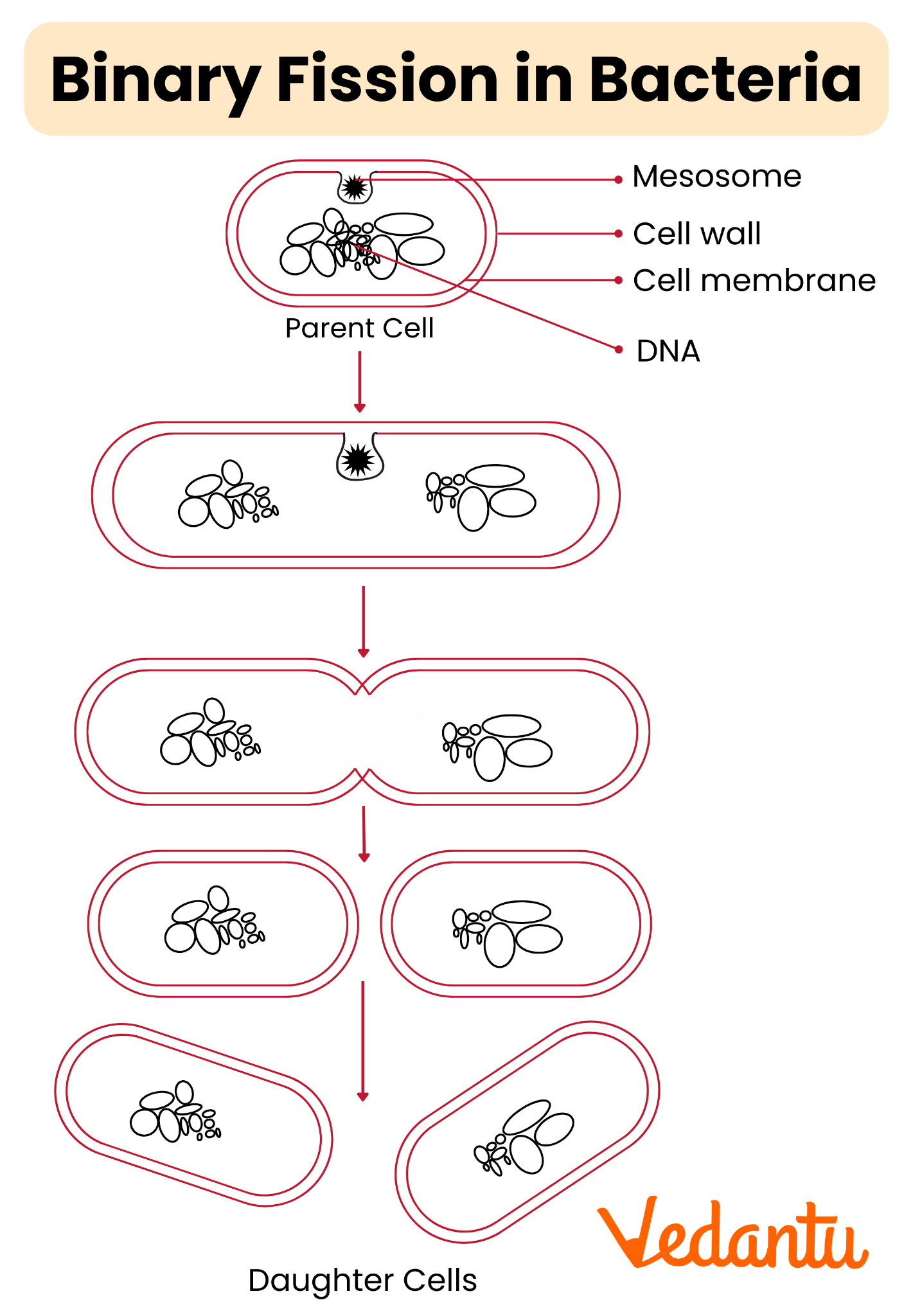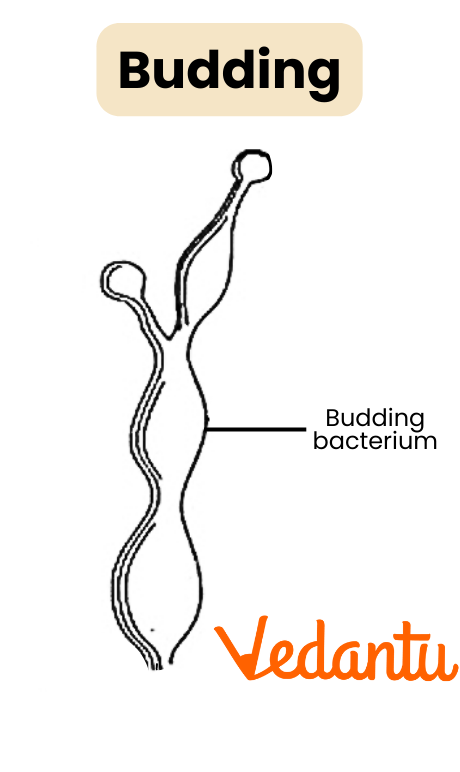What Are the Main Types and Processes of Bacterial Reproduction?
Reproduction In Bacteria
Reproduction in bacteria is a fascinating biological topic, exploring how these simple organisms multiply, adapt, and survive in diverse environments. Bacteria reproduce using multiple methods—some ensure rapid multiplication, while others promote genetic variation. Understanding these processes is essential in biology, medicine, and environmental science, as bacterial reproduction impacts human health, agriculture, and industry worldwide.
What is Reproduction in Bacteria?
Reproduction in bacteria refers to the processes by which bacteria multiply and propagate their species. Bacteria, being prokaryotic and usually unicellular, use specialized strategies to reproduce efficiently. These strategies can be categorized into vegetative, asexual, and sexual reproduction. Their ability to reproduce quickly helps them adapt to changing environments and plays a vital role in ecological and health contexts.
Types of Bacterial Reproduction
Bacteria use several reproductive strategies. The most common types include:
- Binary Fission (Vegetative reproduction)
- Budding
- Fragmentation
- Asexual spore formation (Endospore formation)
- Sexual reproduction (Genetic recombination)
Each method has distinct steps, advantages, and outcomes. This diversity ensures bacterial survival even in hostile environments.
Binary Fission: The Main Mode of Bacterial Reproduction
Binary fission is the most common way for bacteria to reproduce. Here, a single bacterial cell divides and forms two identical daughter cells. This process occurs rapidly, often in as little as 20 minutes under optimal conditions, explaining why bacterial populations can grow exponentially.

- The bacterial DNA (nucleoid) replicates.
- The cell elongates, separating each DNA copy.
- The plasma membrane grows inward, forming a septum.
- The cell splits into two genetically identical daughter cells.
This rapid multiplication is one reason bacteria can adapt quickly and cause outbreaks, as observed in various diseases and food spoilage. Learn more about binary fission for additional details.
Other Vegetative Methods: Budding and Fragmentation
Budding and fragmentation are less common but important modes of vegetative bacterial reproduction.

- Budding: A small outgrowth (bud) forms on the parent cell. The bud enlarges, develops its own DNA, and eventually detaches as a new cell. Some Streptomyces and Planctomycetes species use this method.
- Fragmentation: The parent filamentous cell splits into multiple segments, each developing into a new bacterium. This is observed in some Actinomycetes.
These methods highlight bacterial adaptability and their role in various habitats and industries, including biotechnology and pharmaceuticals.
Asexual Reproduction: Endospore Formation
Endospore formation is a survival technique rather than a true reproductive process. Some bacteria, like Bacillus and Clostridium, produce endospores under harsh conditions.
- The DNA is duplicated.
- One copy is encased in a tough, resistant coat.
- The endospore is released when the parent cell breaks down.
- When conditions improve, the endospore germinates into an active bacterium.
Endospores can withstand extreme heat, dryness, chemicals, and radiation. Medical and food industries monitor endospore formers closely to ensure hygiene and safety. To understand more about food safety and bacteria, check out related concepts.
Sexual Reproduction in Bacteria (Genetic Recombination)
Although bacteria do not reproduce sexually like plants and animals, they can exchange genetic material through three main processes, increasing genetic diversity.
- Transformation: Uptake of free DNA fragments from the environment by a bacterium.
- Transduction: Transfer of DNA from one bacterium to another via bacteriophages (viruses that infect bacteria).
- Conjugation: Direct transfer of DNA from one bacterium to another using a pilus or mating bridge.
This exchange of genetic information equips bacteria with new traits, such as antibiotic resistance, influencing disease treatments and environmental adaptations. Learn more about differences between sexual and asexual reproduction on Vedantu.
Significance of Reproduction in Bacteria
Bacterial reproduction is vital in:
- Rapid population growth, aiding colonization of new environments.
- Evolutionary adaptability through genetic diversity (antibiotic resistance).
- Applications in medicine (antibiotic development), industry, and environmental science.
For example, rapid multiplication of harmful bacteria can cause diseases, while beneficial species help in bioremediation and biotechnology. Discover more biological processes in life science on Vedantu.
Comparison: Binary Fission vs. Other Types
| Type | Key Feature | Example |
|---|---|---|
| Binary Fission | Simple division into two identical cells | Escherichia coli |
| Budding | Formation of a new cell from a bud | Rhodopseudomonas |
| Fragmentation | Filament divides into fragments | Streptomyces |
| Endospore Formation | Spore produced in harsh conditions | Bacillus |
| Genetic Recombination | Exchange of genetic material | E. coli, Salmonella |
This table summarizes the major reproduction modes, highlighting the diversity of strategies and their practical relevance in science and industry.
Real-life Importance & Applications
Bacterial reproduction affects many aspects of life:
- Health: Fast-growing bacteria can cause infections—understanding their reproduction helps develop treatments.
- Agriculture: Bacteria in the soil, like nitrogen-fixing bacteria, boost crop growth, while pathogens can damage plants.
- Industry: Bacterial reproduction forms the basis for fermentation, biotechnology, and waste treatment.
Proper understanding also aids in controlling pollution, preserving food, and developing sustainable agricultural practices. For more, explore environmental issues and biomolecules.
Page Summary
Reproduction in bacteria enables these organisms to multiply rapidly and adapt efficiently. Their varied reproductive strategies—binary fission, budding, fragmentation, endospore formation, and genetic recombination—ensure survival in challenging environments. This knowledge is crucial in fields like medicine, agriculture, and environmental science, supporting research and practical applications. Vedantu offers in-depth resources to deepen your understanding of bacterial life.


FAQs on How Reproduction In Bacteria Occurs
1. What is reproduction in bacteria?
Reproduction in bacteria is the process by which bacteria multiply and produce offspring, most commonly through binary fission.
- Binary fission involves one parent cell dividing into two identical daughter cells.
- This process ensures rapid population growth in favorable conditions.
- Other methods include budding, sporulation, and genetic transfer mechanisms like conjugation, transformation, and transduction.
2. How do bacteria reproduce?
Bacteria mainly reproduce by binary fission, a simple and fast division process.
- One bacterial cell (parent cell) grows, duplicates its DNA, and splits into two identical daughter cells.
- This method allows bacteria to double their numbers in a short period, sometimes every 20 minutes.
- Other less common methods include budding, spore formation, and various genetic recombination processes.
3. What is binary fission in bacteria?
Binary fission is the primary asexual reproduction method in bacteria, where a single cell divides into two same-size daughter cells.
- The process starts with cell growth and DNA replication.
- The cell membrane pinches inwards, dividing the cytoplasm and DNA equally.
- This rapid, simple process enables swift multiplication of bacterial colonies.
4. What are the different methods of reproduction in bacteria?
Bacteria can reproduce through several methods, although binary fission is the most common.
- Binary fission: Asexual, produces identical offspring.
- Budding: A small new cell forms and detaches.
- Sporulation: Formation of spores under harsh conditions.
- Genetic transfer methods: Conjugation (DNA transfer via pilus), transformation (uptake of external DNA), and transduction (viral-mediated DNA transfer).
5. Why is binary fission important for bacterial reproduction?
Binary fission is crucial for bacteria because it enables rapid multiplication and adaptation.
- Ensures genetic consistency by producing identical daughter cells.
- Supports fast population growth in favorable environments.
- Helps bacteria colonize new niches and respond quickly to changes.
6. Explain the steps involved in binary fission in bacteria.
Binary fission occurs through a series of well-defined steps in bacteria.
- Replication of DNA: The bacterial chromosome duplicates.
- Cell growth: The cell elongates to separate the duplicated DNA.
- Invagination: The cell membrane and wall begin to pinch inward.
- Division: The cell splits into two identical daughter cells, each receiving one copy of DNA.
7. What is the significance of genetic recombination in bacteria?
Genetic recombination in bacteria helps increase genetic diversity and adaptability.
- Occurs through processes like conjugation, transformation, and transduction.
- Allows bacteria to acquire new traits, such as antibiotic resistance.
- Enhances survival in changing or challenging environments.
8. Describe conjugation in bacterial reproduction.
Conjugation is a process where bacteria transfer genetic material through direct cell-to-cell contact.
- Occurs via a connecting structure known as a pilus.
- One bacterium transfers plasmid DNA to another, introducing genetic variation.
- This method is important for spreading antibiotic resistance genes.
9. What is the role of spores in bacterial reproduction?
Bacterial spores serve as survival structures rather than a direct means of reproduction.
- Formed during unfavorable conditions, such as heat or lack of nutrients.
- High resistance to extreme environments, allowing bacteria to persist.
- When conditions improve, spores germinate into active bacterial cells.
10. How does bacterial reproduction contribute to their rapid evolution?
Rapid reproduction and genetic exchange allow bacteria to evolve quickly.
- Frequent cell divisions lead to more mutations and genetic variation.
- Genetic recombination (conjugation, transformation, transduction) introduces new traits fast.
- This accelerates adaptation to antibiotics and environmental changes.










